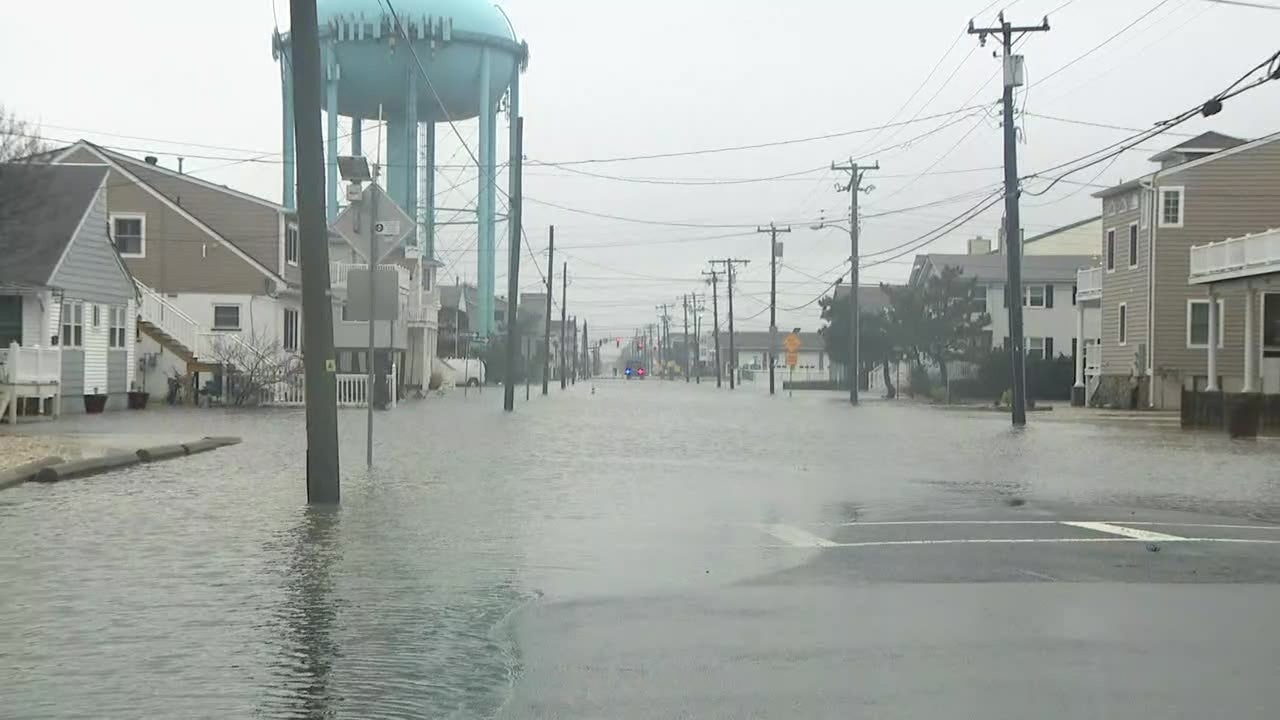

The amount of porosity generated by in situ fragmentation, however, has not been determined. This dynamically fragmented material represents a large volume within the lunar crust that should have some porosity 19. The rarefaction wave can produce strong tensile stresses and high strain rates, triggering dynamic fragmentation 18. The succession of a shock and rarefaction sets up the flow that excavates the crater 17.
#Isale impacts free#
During a hypervelocity impact an initial shockwave propagates into the projectile and target and is followed by a tensile rarefaction wave, or tensile relief wave, that propagates from free surfaces. Here we show that appreciable porosity deep in the lunar crust and outside of crater rim crests is likely the result of in situ tensile fragmentation during impacts. While the porosity of the upper few kilometers can be explained by ejecta deposition, another mechanism is required to explain porosity found deep within the lunar crust, as the maximum thickness of large-scale basin ejecta is about 5 km closer to the basin’s rim 3, 14– 16. On the other hand, observations indicate that a large fraction of the porosity generated during impact events is created outside the crater rim crest 6, 14. Previous impact simulations with dilatancy demonstrated how shear deformation can create pore space throughout the crust inside the crater and in the ejecta blanket, but this process cannot produce significant porosity at depth outside the crater rim crest 12, 13. The spatial distribution of porosity in the lunar crust suggests that impacts are the likely source of porosity 6, 9– 11 however, it is unclear how impacts produce substantial porosity at depth and outside the crater. The uppermost ~4 km of the lunar highland crust has an average crustal porosity of 12%, and this porosity decreases to 4% at depths of 20 km 6, 8. NASA’s Gravity Recovery and Interior Laboratory (GRAIL) mission provided an unparalleled look into the interior structure of the Moon revealing that the lunar crust is much less dense and therefore more porous than previously thought 6, 7. The Moon provides a unique window into the evolution of ancient planetary crusts because its early porosity has mainly only been affected by subsequent impacts, especially on the lunar farside which has experienced less widespread volcanism than the nearside. We study the mega‐tsunami runup with a hybrid modeling approach applying physical and numerical models of slide processes of deformable bodies into a U‐shaped trench similar to the geometry found at Lituya Bay.Understanding the origin and evolution of planetary crustal porosity is of particular interest because crustal porosity has a strong effect on thermal, magmatic, and hydrothermal processes occurring early in planetary history 1– 5 as well as on the prospect of habitable niches outside of Earth. While these observations have not been challenged directly, they have been largely ignored in hazard mitigation studies, because of the difficulties of even posing – much less solving – a well‐defined physical problem for investigation. A forest trim line and erosion down to bedrock mark the largest runup in recorded history. The rockslide impact generated a giant tsunami at the head of Lituya Bay resulting in an unprecedented tsunami runup of 524 m on a spur ridge in direct prolongation of the slide axis. The largest mega‐tsunami dates back half a century to 10 July 1958, when almost unnoticed by the general public, an earthquake of Mw 8.3 at the Fairweather Fault triggered a rockslide into Lituya Bay. Hybrid modeling of the mega‐tsunami runup in Lituya Bay after half a century Hybrid modeling of the mega‐tsunami runup in Lituya Bay after half a century


 0 kommentar(er)
0 kommentar(er)
